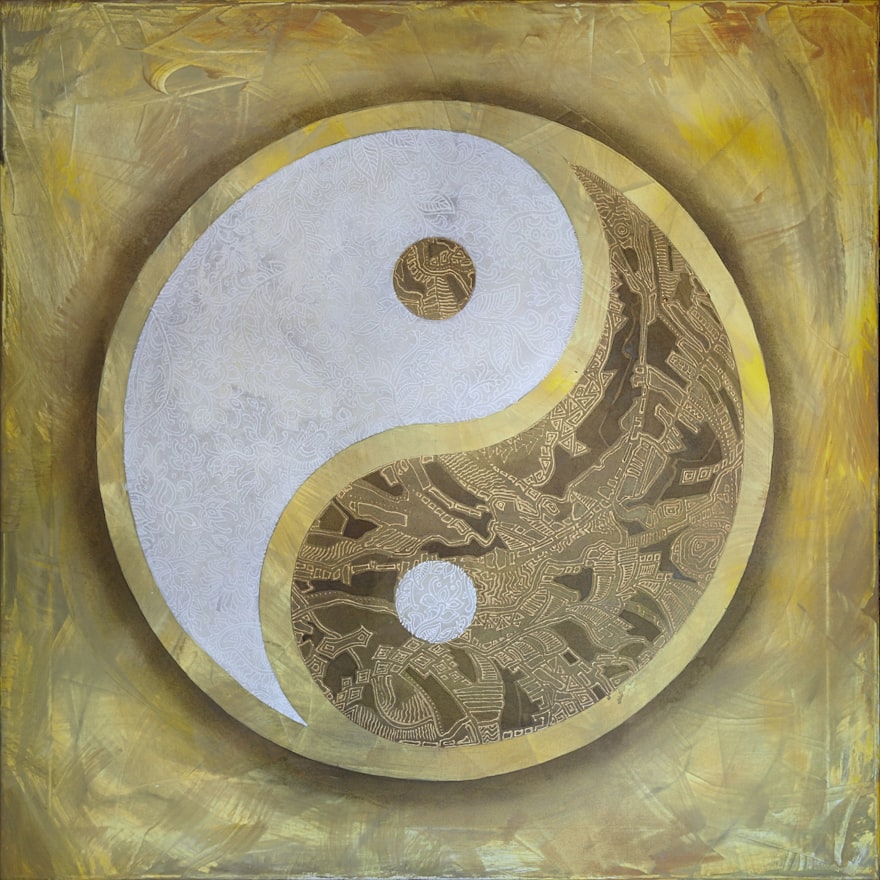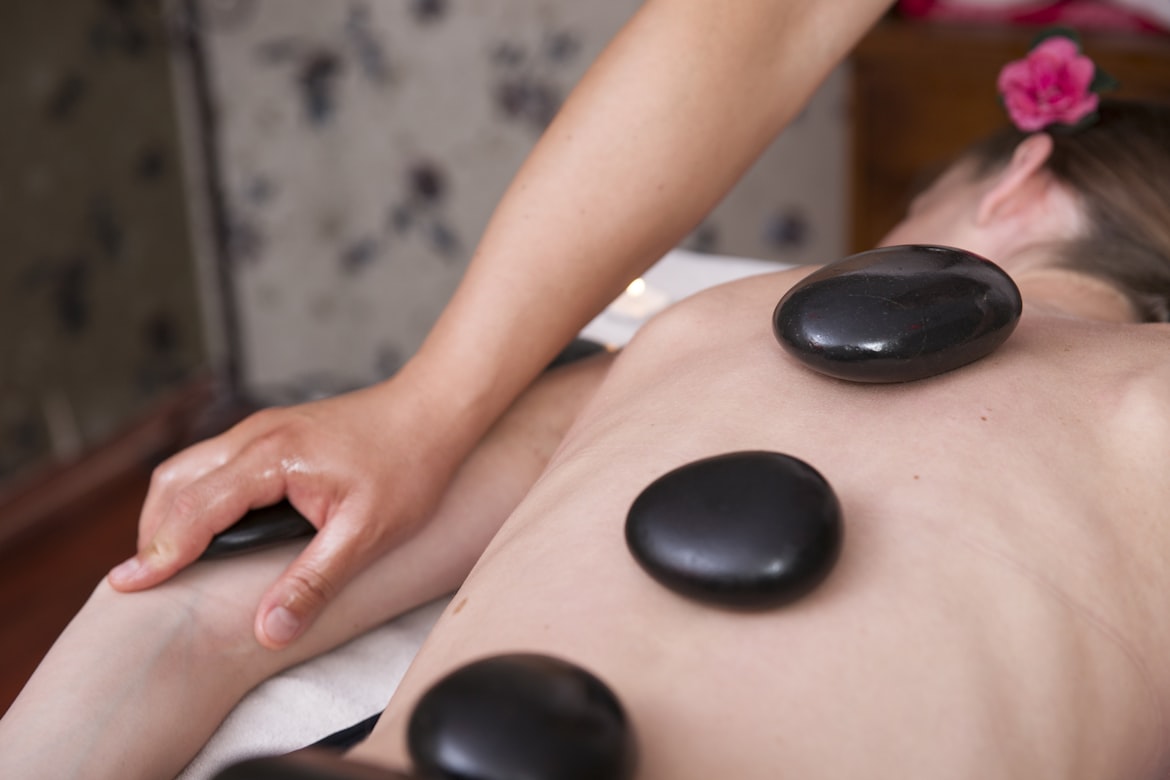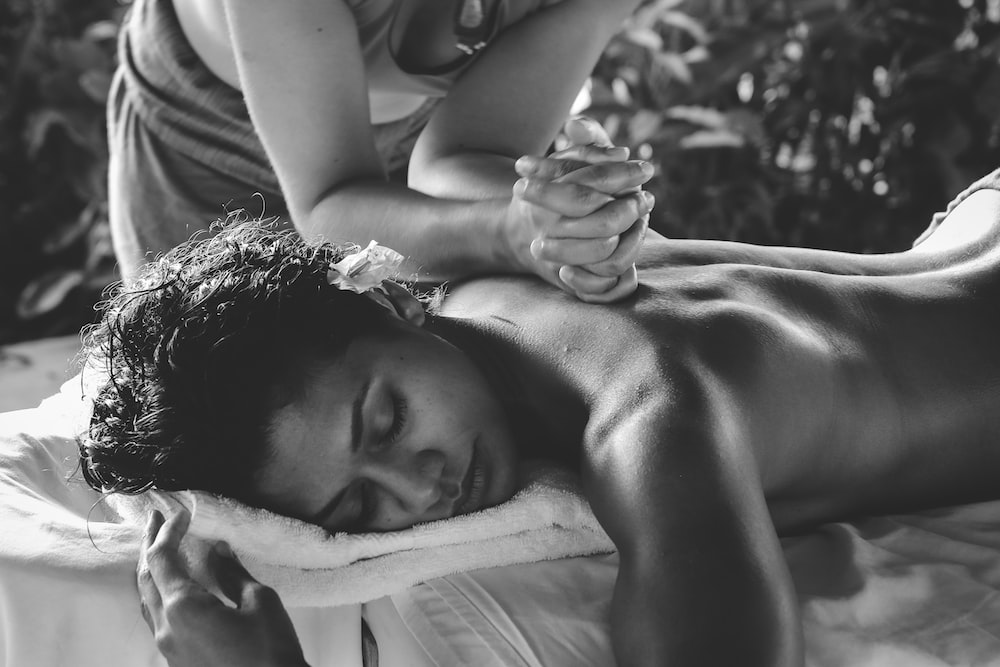Now and then, even the best of us need to take a step back from our hectic routines and take some time off from the hustle of daily life. And what better way to calm both the body and the soul than by opting for an Asian massage?
In the bustling city of Las Vegas, amidst the glitz and glamour, lies an oasis of tranquility and rejuvenation – the world of Asian Massage Las Vegas. Offering a unique blend of ancient Eastern healing techniques and modern therapeutic practices, spas specializing in this unique massage provide an unparalleled relaxation and wellness experience. Incorporating ancient healing techniques originating from various Asian countries, massages offered by renowned companies such as Asian Massage 2 Hotels provide a holistic approach to wellness, aiming to restore harmony between the mind, body, and spirit.
The Essence of Asian Massage: A Journey to Holistic Well-Being
Asian massage is deeply rooted in centuries-old traditions that promote the balance of energy within the body and mind. Originating from countries like China, Japan, Thailand, and India, these massage techniques aim to stimulate the body’s natural healing abilities, enhancing overall health. With each culture contributing its unique approach, Asian massage is a diverse and comprehensive system of healing.
These massage practices were developed based on the belief that the human body is a complex network of energy pathways. In traditional Eastern medicine, this energy is known as “qi” in Chinese, “ki” in Japanese, and “prana” in Indian traditions. The essence of Asian massage lies in harmonizing this energy flow to promote health and vitality.
Origin of Different Asian Massages

Chinese Massage (Tui Na)
Chinese massage, also known as Tui Na, is one of the oldest and most well-documented forms of Asian massages. Its origins can be traced back to ancient China, with records dating as far back as the Shang Dynasty, around the 16th to 11th centuries BCE. Tui Na is an integral part of Traditional Chinese Medicine (TCM), along with acupuncture, herbal medicine, and qigong.
The principles of Tui Na are deeply rooted in the concept of qi, or life force energy, flowing through the body along meridians. Tui Na’s skilled practitioners use rhythmic massage techniques, acupressure, and joint manipulation to stimulate the body’s energy flow, release blockages, and restore balance to the body’s systems.
Japanese Massage (Anma)
Anma, the traditional Japanese massage, originates in ancient China, where it was introduced during the 6th century CE. Over time, it evolved into a distinct form of massage in Japan, influenced by the country’s unique culture and traditions.
Anma incorporates a variety of massage techniques, including kneading, tapping, and stretching, to improve the flow of qi and blood throughout the body. Anma practitioners also focus on the body’s meridians and acupressure points to address specific health concerns.
Thai Massage

Thai massage originates in Thailand and is influenced by both Indian and Chinese healing systems. Its roots can be traced back to over 2,500 years ago, during the time of the Buddha. Thai massage is deeply connected to traditional Thai medicine and the teachings of the Father Doctor ShivagoKomarpaj.
A Thai massage is a rare form of bodywork that combines elements of acupressure, yoga, as well as deep tissue massage. The practitioner uses their hands, thumbs, elbows, knees, and feet to apply pressure along the body’s energy lines and gently stretch the body, releasing muscles and promoting relaxation.
Indian Massage (Ayurvedic Massage)
Ayurvedic massage is integral to Ayurveda, India’s ancient holistic healing system, dating back more than five centuries ago. Ayurveda emphasizes the balance of the body’s three doshas – Vata, Pitta, and Kapha – to achieve optimal physical and mental health.
Ayurvedic massage techniques involve the use of warm oils and specific strokes to balance the doshas, improve circulation, and detoxify the body. The massage also stimulates marma points, vital energy points similar to acupressure points in Chinese medicine.
Principles of Asian Massage
The principles of Asian massage form the foundation of this healing art, which is deeply rooted in traditional Eastern medicine and philosophy. These principles are fundamental guidelines that guide the practitioner’s approach to promoting calm by harmonizing the body’s energy flow.
Asian massage practices were developed based on the belief that the human body is a complex network of energy pathways. In traditional Eastern medicine, this energy is known as “qi” in Chinese, “ki” in Japanese, and “prana” in Indian traditions. The essence of Asian massage lies in harmonizing this energy flow to promote health and vitality.
Qi (Energy) Flow
At the heart of Asian massage is “qi” or “life force energy.” According to traditional Eastern beliefs, qi flows through energy pathways known as meridians, nourishing and supporting the body’s various functions. When there is a disruption or blockage in the flow of qi, it can lead to physical and emotional imbalances. The goal of Asian massage is to facilitate a smooth and unobstructed flow of qi throughout the body, promoting health and vitality.
Balancing Yin and Yang

Yin and Yang are complementary forces that represent opposing but interconnected aspects of life. Yin is associated with qualities such as stillness, coolness, and receptivity, while Yang represents activity, warmth, and assertiveness. In Asian massage, the practitioner seeks to balance these two forces within the body. An imbalance of Yin and Yang can lead to health issues, and through massage techniques, equilibrium is restored.
Acupressure Points
Asian massage relies on specific acupressure points located along the body’smeridians. These points are considered gateways for the flow of qi, and stimulating them helps to regulate the energy flow, clear blockages, and restore balance. Each acupressure point is associated with different organs and functions, allowing targeted treatment for various health concerns.
Meridian System
The meridian system is a network of energy channels that connect different parts of the body. These channels create an intricate web that allows energy to flow and nourish the organs and tissues. Asian massage techniques are designed to manipulate and stimulate these meridians, promoting the proper distribution of energy and addressing specific health issues.
Holistic Approach
Asian massage embraces the human body as a whole, recognizing the interconnectedness of the physical body, mind, and spirit. Practitioners understand that physical ailments are often linked to emotional or mental imbalances. By addressing the person as a whole, Asian massage seeks to not only alleviate physical symptoms but also promote emotional and mental harmony.
Qi Cultivation
Beyond treating specific health concerns, Asian massage also includes practices for cultivating and enhancing one’s qi. Techniques such as qigong and Tai Chi are often integrated with massage therapies to promote self-awareness, mindfulness, and the development of inner strength.
Benefits of Asian Massage

Stress Reduction
Asian massage practices provide a multifaceted approach to stress reduction. The techniques used in Asian massages target both the physical and mental aspects of stress, making it a comprehensive approach to stress reduction. These techniques involve slow, rhythmic, and gentle strokes that induce deep relaxation. Additionally, the soothing touch and calming atmosphere of the massage session helps to activate the body’s parasympathetic nervous system, which is responsible for the body’s rest and digest response, counteracting the stress-inducing fight-or-flight response.
It is well known that chronic stress often leads to muscle tension and knots in the body. Asian massage therapists apply various massage strategies, such as kneading, stretching, and acupressure, to target and release tension in the muscles. This physical release contributes to overall relaxation and a reduction in physical discomfort caused by stress.
Another point worth noting is that according to traditional Asian medicine, stress is a result of disrupted energy flow in the body. Asian massage, such as Chinese Tui Na or Thai massage, works to balance the body’s energy channels. By clearing blockages and facilitating the smooth flow of energy (qi), stress is reduced, and the body’s natural healing mechanisms are activated. This, in turn, triggers the release of endorphins, which are the body’s natural painkillers and mood enhancers. Endorphins induce a sense of well-being and relaxation, effectively countering stress and promoting a positive mood.
Alleviating Fatigue
Asian massage practices can be highly effective in alleviating fatigue and restoring energy levels. Fatigue is known to cause excess muscle tension and soreness. Asian massage techniques, such as Swedish massage and Thai massage, involve gentle stretching and kneading of the muscles, which helps to break down the tension. This reduces physical fatigue and provides a sense of relief.
It is also worth mentioning that Asian massages involve various strokes and pressure applied to the body, which enhances blood circulation. Better circulation means more oxygen and nutrients are delivered to the body’s cells, organs, and tissues, aiding in recovery and reducing fatigue. Some masseuses also like to involve elements of lymphatic drainage massage, focusing on promoting the removal of toxins and waste products from the body’s lymphatic system. This detoxification process can boost the immune system and thus increase energy levels.
Anxiety Relief
Asian Massage can be a valuable complementary therapy in managing chronic anxiety. While it may not serve as a sole treatment, it can significantly reduce anxiety symptoms and improve overall mental health.
By activating the parasympathetic nervous system, Asian massages counteract the body’s stress response and help reduce anxiety symptoms, such as racing thoughts and rapid heartbeat. As the body begins to calm down, it stimulates the release of endorphins, the body’s natural mood enhancers and pain relievers. These neurochemicals create a sense of relaxation, reducing feelings of anxiety.
During a massage, individuals are encouraged to be present and mindful of their body’s sensations and breathing. This heightened mind-body connection helps individuals become more aware of their anxiety triggers and develop coping strategies. This brief period provides a safe and supportive environment for emotional release, allowing individuals to let go of pent-up emotions and experience a sense of relief.
Lastly, human touch is essential for emotional health. The nurturing touch provided during a massage can create a sense of comfort and safety, helping individuals feel more grounded and supported. Indeed, regular Asian massage sessions can be a part of a broader stress management plan. By incorporating massage into a self-care routine, individuals can proactively address chronic anxiety and reduce its impact on their daily lives.
Reduce Insomnia
Those who have insomnia fully know how a poor night’s sleep can affect their energy and productivity levels throughout the day. In traditional Asian medicine, insomnia is often seen as a result of imbalanced energy flow in the body. Asian massage practices, such as acupressure and reflexology, focus on balancing the body’s energy channels, which may aid in regulating sleep patterns.
Since insomnia can be linked to emotional stress and tension, Asian massage’s gentle and supportive touch can create a safe space for emotional release, promoting relaxation and peace. It can influence hormonal levels, including serotonin and melatonin, which play a role in sleep regulation.
By promoting hormonal balance, massage can contribute to better sleep quality. Asian massage is especially helpful for individuals reliant on sleep medications, as it can significantly help reduce dependency and promote natural sleep patterns.
The overall calm and improved sense of self you’ll experience after just 30 minutes of an Asian massage releases endorphins, the body’s natural painkillers and mood enhancers. This creates a more conducive sleep environment, making it easier for individuals to transition into restful sleep.
Begin Your Journey Toward Peace and Calm with Asian Massage 2 Hotels.
Are you searching for the perfect place to relax and relieve stress with the help of Asian massage in Las Vegas? Well, look no more AS Asian Massage 2 Hotels is here to assist you. With professionals who have years of training and expertise in the art of Asian massage, you can rest easy knowing that even just a single session is going to alleviate your physical and mental stress.
Contact their team and book an appointment today.


